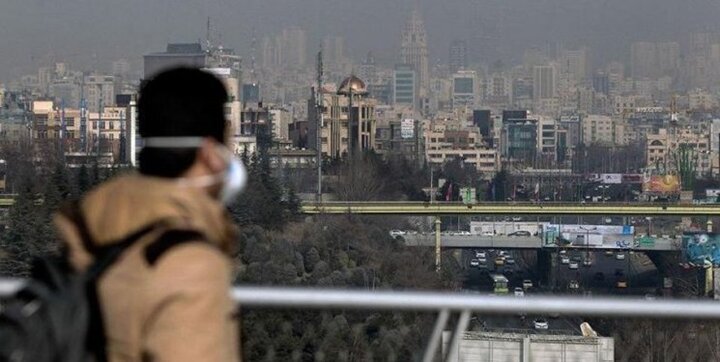Implementation of Clean Air Law needs $5b

TEHRAN – A total of 1.8 quadrillion rials (nearly $5 billion) is required to implement Clean Air Law, Department of Environment chief Ali Salajeqeh has said.
The Clean Air Law, enacted in July 2017, was supposed to be a solution to ease air pollution across the country, but now, a few years after the adoption of this law, the air is severely polluted, as different agencies neglect their legal duties to implement the law.
Comprising 34 articles, the law on clean air was adopted by Majlis [the Iranian parliament] after 6 years of continuous revisions.
Various executive agencies in the country, including the Ministry of Interior, the Ministry of Petroleum, the Ministry of Energy, the police, the municipality, the National TV, etc., have been obliged to implement measures to control air pollution.
Salajeqeh stated that all the related organizations estimated that 1 quadrillion rials (nearly $2.8 billion) is needed in one part and $3 billion in another part to implement the Clean Air Law.
In line with these decrees, good measures are being taken in the field of clunker cars, carburetor motorcycles, and fuel, the Ministry of Petroleum has taken good steps in the matter of fuel optimization, and low sulfur in fuel, he explained.
Emitters
There are two main types of air pollution sources, mobile sources including cars, buses, planes, trucks, and trains, and stationary sources such as oil refineries, industrial facilities, and factories.
Some 40 percent of the emission is produced by stationary sources, while 60 percent of the pollution is generated from mobile sources.
However, due to severe air pollution in recent days in some metropolises of the country, including Tehran, Isfahan, Arak, Tabriz, etc., many experts have emphasized the share of stationary sources in air pollution in these areas because there are signs of non-standard fuel consumption such as Sulfur gasoline or mazut (a heavy, low quality fuel oil, used in power plants and similar applications).
Even mazut consumption has been approved in some power plants across the country.
According to Article 18 of the Clean Air Law, the Ministry of Petroleum is obliged to produce fuel, including gasoline, gas oil, fuel oil, and kerosene in accordance with approved national standards (Euro 4).
Also, the share of motorcycles in the production of gaseous pollutants is about 21 percent and in the production of suspended particles is 10 percent.
In addition, each ten carbureted motorcycles emit as much particulate matter as an old diesel bus per kilometer, which is a major cause of air pollution.
Over 21,000 Iranians die of air pollution in year
During the past [Iranian calendar] year (March 2021-March 2022), more than 21,000 people died in 27 cities of the country due to air pollution, Darioush Gol Alizadeh, head of the national center for weather and climate change affiliated with the Department of Environment, has said.
According to the report of the Ministry of Health, in 27 polluted cities of the country, about 21,000 deaths caused by PM 2.5 have happened in the country, which caused $11 billion in damage, and 6,000 deaths related to air pollution have also been reported in Tehran.
Over the [Iranian calendar] year 1399 (March 2020-March 2021), 40 polluted days were reported in Tehran. Last year, also 30 days were polluted and this year, we breathed polluted air for 85 days since the beginning of the year, he further explained.
Part of the emitters in Tehran is due to the traffic of diesel cars that use regular diesel fuel, Gol Alizadeh said.
FB/MG
Leave a Comment